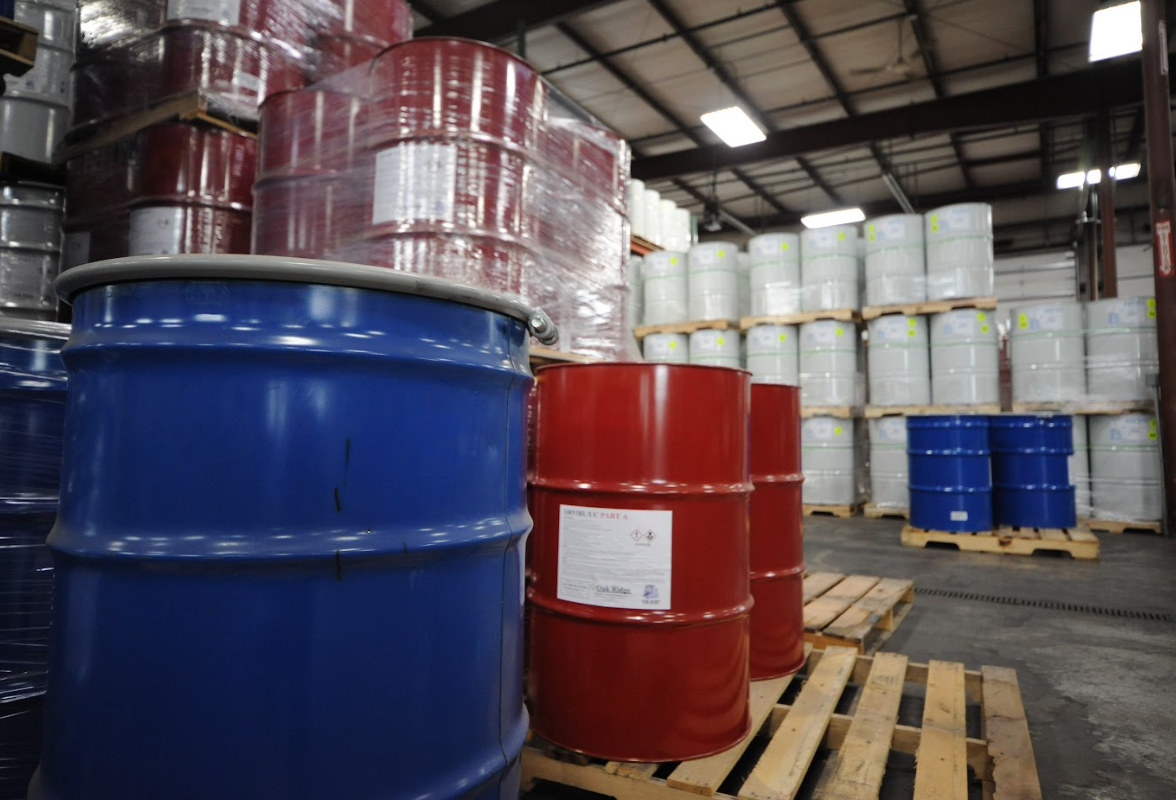How to Properly Store Spray Foam Insulation During Cold Weather

There’s no doubt that working in winter months presents some challenges for spray foam applicators and contractors, particularly when it comes to storing the spray foam. Cold weather can impact the performance of spray foam, so proper storage is crucial to reducing delays, equipment issues, and incidents of poor application.
Let’s dive into how to store spray foam during the winter to ensure your materials remain in top condition and applications continue to go smoothly for you and your customers.
Keep Spray Foam in a Temperature-Controlled Space
Consistent temperatures are key to storing spray foam insulation in cold weather. You want to keep your spray foam materials—both A-side and B-side components— at 60–75°F.
If you’re storing foam, consider using a temperature-controlled space, such as a heated trailer or storage container. When you’re on-site at a job, portable electric heaters or drum heating blankets can help you maintain a steady temperature.
Sudden shifts from freezing to high temperatures can cause condensation or cause the foam to thicken or separate. Warm up the foam gradually if it’s been exposed to cold temperatures for a while.
Properly Transport Foam During Cold Weather
When transporting spray foam to a job site, it’s important to protect it from extreme cold during transit. We recommend keeping the foam inside a heated spray foam rig and using insulated blankets to cover the drums to prevent heat loss and freezing.
If you’re only going a short distance or temperatures are fairly mild, a heated cab is probably effective to maintain a proper temperature.
Allow Time for the Foam to Warm Up
Once you’re at the job site, don’t rush the application process. It’s important to prep the site and let the foam drums acclimate to the proper temperature before you start working.
This warming period can take several hours, depending on how cold it was during storage and the transportation process.
Gently agitate the drums to mix the contents, as cold temperatures can cause the components to separate. However, don’t shake the drums so hard that you create air bubbles.
Maintain Warm Equipment
In addition to the foam itself, you’ll also want to ensure that your spray equipment stays warm and in good condition. Cold temperatures can cause your hoses, pumps, and spray guns to clog or malfunction.
Use heated hose wraps to prevent your hoses from freezing and blocking material flow. When not in use, store your spray guns and hoses in a temperature-controlled area to prevent cold-related issues.
Check Manufacturer Guidelines
Each spray foam product can have different temperature requirements. Some have special instructions for handling and storing in cold temperatures. Always check the manufacturer’s guidelines and follow any specific recommendations regarding cold-weather storage and application.
Keep Your Spray Foam Business Running All Year Round with Oak Ridge
Oak Ridge Foam & Coating Systems, Inc. is here to support you throughout the year with high-quality spray foam that’s suitable for winter application.
Learn more about applying spray foam in cold weather or contact us to get started.
